How to Create a Buyer Persona
A buyer persona is not necessarily about your business. It’s about your customers. Building a buyer persona basically means that you’re able to build an understanding of your customers—their ages, genders, locations, purchasing habits—better than you ever have been able to before. Having one is essential to making your marketing efforts more targeted and thus more effective.
The best way to attract new customers and boost sales is to understand existing customers better. But to do any of this, there are two main questions you should ask yourself about the organisation you’re running: what makes existing customers buy your products and services, and what makes your existing customers attracted to your sales pitch? Having a buyer persona can answer these two questions smoothly, and assist in your efforts to expand your paying customer base.
Not sure how to build a buyer persona? Here is a step-by-step guide to get you started.
Step 1: Gather Demographic Data
First of all, your business needs to collect comprehensive data regarding your customers’ age, gender, location, employment, level of income, education and other important demographical information. This will help you paint a picture of the typical customer that’s likely to associate with your business. For example, this buyer could be a woman in her thirties, carrying a Bachelor’s degree and living in Oklahoma. Knowing exactly how this picture s painted is essential to perfecting your sales pitch.
Step 2: Collect Customer Feedback
The next step is to collect as much customer feedback as possible. Having all of this on hand and ready to go will allow you to form the basis of your website. Encourage customers to review your products with a follow-up email after a purchase. The aim is to identify potential problems they may have with your products and rectify these issues before they become all too common. In essence, this kind of information is important in determining what keeps your ideal customer away, or what brings them back time and time again.
Step 3: Conduct Customer Satisfaction Surveys
In addition to feedback, you should also occasionally conduct customer satisfaction surveys. You can ask customers to rate your business--whether through an email survey or a feedback plugin available through your web hosting provider. However, you should also seek answers to specific questions, such as what the customer values regarding the products they want. Try to identify potential problems and challenges with existing products, services and marketing efforts with these surveys.
Step 4: Interview Customers
Interviewing is the best way to ask deeper and probing questions from your customers. It’s not possible to get comprehensive answers from feedback forms or surveys just like you can with interviewing. When customers talk, they express feelings and opinions regarding your business that they might not write down on a feedback form. Therefore, it’s important to sit down with a number of customers and conduct an interview. This is not easy for many businesses, understandably. However, your company can make a special offer to customers, such as a good discount in return for a phone interview, to incentivize them to talk to your company.
Step 5: Get Information from Customer Support Representatives and Sales Employees
You should also gather information regarding customers from people at your company that regularly interacts with customers. A customer service rep could be in touch with dozens of customers per day. So, he or she will have a good understanding of the problems your customers most frequently make. You can record support calls to gather such information. You can also provide your employees with a questionnaire or similar documents to note down information regarding customers. Don’t forget to use call tracking software. These will help you trace a customer calls to a specific ad or a location. Obviously, such information can be extremely useful.
Once you implement the five steps provided above, you will have enough information in your arsenal to develop a very good buyer persona. You might want to hire a good statistics team to crunch the numbers. With a buyer personal you will discover your ideal buyer as well as the most common objections existing customers have regarding your business. You can immediately address them when the buyer persona is complete.
You can use the buyer persona you have created to make your marketing more targeted as mentioned above. The buyer persona will help you eliminate ineffective advertising channels and marketing language that does not resonate with the ideal customer. For example, you might find out with a buyer persona that your advertising is more effective on Facebook rather than Snapchat. You can also redesign your marketing campaign to suit the ideal customer. If your buyer persona ends up being female, the “he” and the “his” wording on your adverts might need changing.

